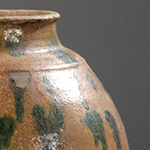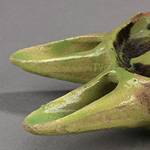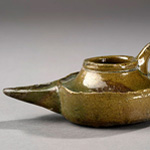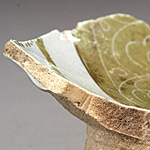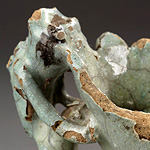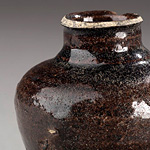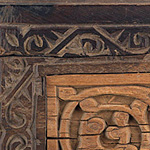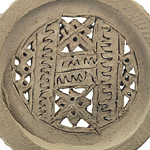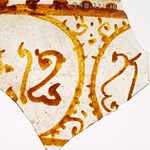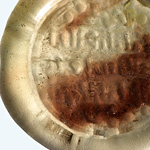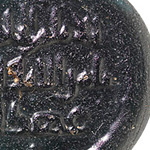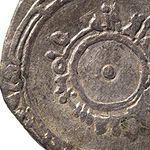Coinage
Another such prerogative was coinage regality, the right to have coins minted in one’s own name. It was strictly enforced and, therefore, coins most exactly speak to historians about the extension of an area claimed by a ruler. In Egypt, the capital Misr (Old Cairo) — where the making of gold coins (dinars) started before the end of the 8th century — had the most important mint. Besides dinars, dirhams (silver coins) and copper coins (fals) were minted.
Glass weights
Early glass weights served to control the weight of individual coins. The abundance of later glass weights and their often rudimentary inscriptions have raised doubts, however. It is assumed, that they were employed, together with or instead of the more expensive bronze weights, to balance as many coins of various denominations as were needed in a particular transaction.
Vessel stamps
Vessels to measure all kinds of everyday commodities carried stamps confirming the accuracy of volume or weight. In Umayyad and Abbasid times, the name of the official overseeing the manufacture of certified measures was usually introduced in the inscription on glass stamps with the formula, “ala yaday” (literally, “under the hands of”). This is the same formula used in inscriptions on tiraz textiles.
View all Groups
Centennial Government Partners



